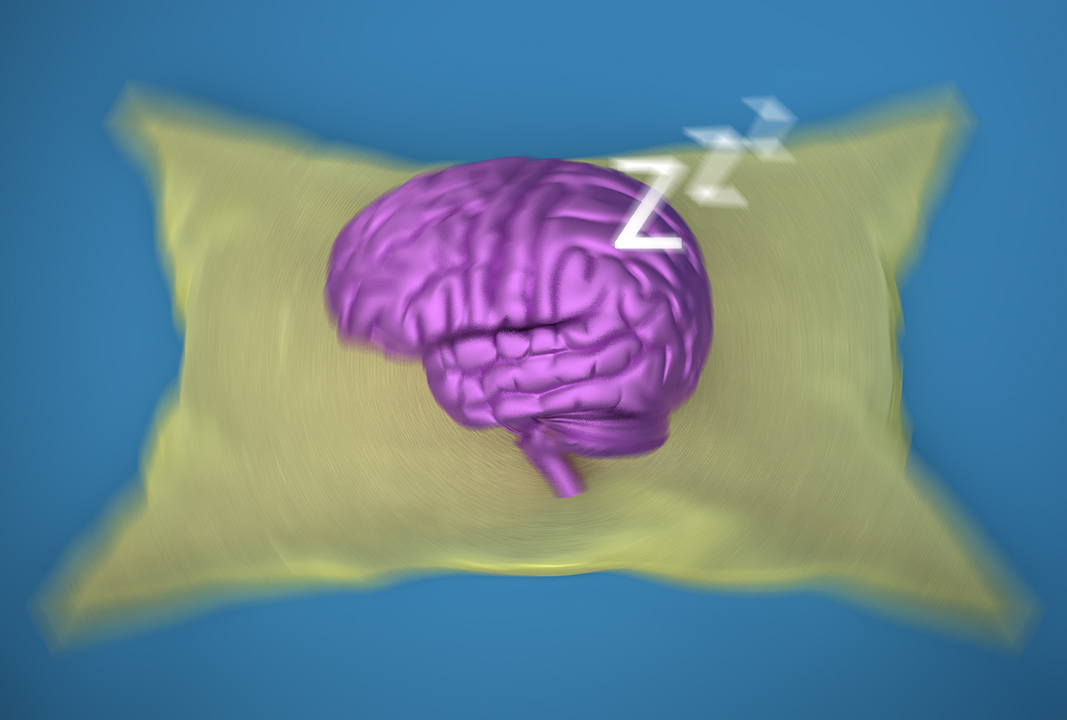Please Stop Believing These PTSD Inaccuracies

Post-traumatic stress disorder, or PTSD, is a mental health disorder that arises when a person experiences a traumatic event. A PTSD diagnosis "requires a trauma that is either threatening life, potentially injurious, or emotionally devastating," said Lori Beth Bisbey, Ph.D., a clinical psychologist and sex/intimacy coach from the United Kingdom.
Although PTSD is more common in women, this mental health disorder can significantly impact men’s well-being.
According to Cleveland Clinic, symptoms of PTSD both men and women can experience include the following:
- Avoidance of people and situations
- Constant feelings of anxiousness
- Negative thoughts and feelings
- Flashbacks or dreams of the traumatic event
Having PTSD can impact a man’s sexual health. Whether exposed to sexual or non-sexual trauma, going through a traumatic experience may affect a man’s sexual function, behaviors and relationships.
Martha Tara Lee, D.H.S., a relationship counselor and clinical sexologist at Eros Coaching in Singapore, said the sexual health effects men can experience from PTSD might include:
- Erectile dysfunction (ED)
- Premature ejaculation
- Low libido
PTSD can also affect the ability to develop healthy relationships. Having PTSD can affect interpersonal and intrapersonal relationships, which may lead to depression, feelings of unworthiness, self-criticism, blame and an inability to trust others, explained Rafaella Smith-Fiallo, a relationship, sex and trauma therapist with Healing Exchange in St. Louis.
Despite the research on PTSD, there are many misconceptions about this mental health condition. Here are five such myths and misconceptions, plus the real facts about this condition:
Inaccuracy #1
PTSD happens right after trauma and decreases over time.
In most cases, PTSD symptoms develop within the first month of experiencing a traumatic event. However, some people may go several weeks or months without noticeable symptoms and may eventually have a period where their PTSD worsens.
"For some people, symptoms don’t begin until they have had a number of different traumas, and that is why there is a delay," Bisbey said.
Inaccuracy #2
Only military veterans can experience PTSD.
Seven out of 10 veterans experience PTSD at some point in their life. Yet, 6 in 100 Americans will have this mental disorder.
It’s a common misconception that only people who served in the military have PTSD, which can delay diagnosis and treatment for non-service members. According to the National Institutes of Health (NIH), anyone can be diagnosed with PTSD at any age, regardless of whether or not they are military service members.
Inaccuracy #3
People with PTSD from sexual trauma only experience sexual health issues.
It’s not uncommon for PTSD from trauma to negatively impact several areas of a person’s health.
"People with PTSD symptoms, whether it be due to sexual or non-sexual trauma, are more likely to report having sexual concerns than trauma survivors without PTSD symptoms," said Smith-Fiallo, who is a medical board expert for the female health site Flo. "So, the common factor is PTSD, not the type of trauma."
This myth commonly arises during trauma treatment, she added. Clinicians may not discuss the person’s sexual health concerns because they did not encounter sexual trauma.
Inaccuracy #4
PTSD is untreatable.
There isn’t a cure for PTSD, but that doesn’t mean it can’t be adequately managed. A 2019 editorial from the British Journal of General Practice reported that PTSD is a treatable mental health disorder once it’s officially diagnosed. Managing PTSD requires a proper diagnosis, and a treatment plan may involve prescription medications, therapy sessions and patience.
There are effective PTSD treatments that leave people symptom free, with little ability to be re-triggered in the future, Bisbey said; but if treatment is not followed completely, there may be leftover triggers that cause PTSD symptoms.
Inaccuracy #5
All men with PTSD are hypersexual.
Hypersexuality, or compulsive sexual behavior, is the excessive need for sexual activities and one symptom of PTSD, according to a 2021 study from the Journal of Affective Disorders. Also, a 2020 study from The Journal of Sexual Medicine revealed that although hypersexuality is more prevalent in men, women can have compulsive sexual behaviors stemming from sexual abuse.
This myth is dangerous, as it could discourage men with PTSD from seeking treatment because of negative perceptions about sexuality.
"This myth is not supported by research and can contribute to harmful stereotypes about men with PTSD," Lee said.
How can these PTSD myths be debunked?
These PTSD inaccuracies can be debilitating for survivors of traumatic events. Therefore, these myths must be appropriately addressed.
One method for correcting PTSD accuracies is to spread awareness and encourage those people with signs and symptoms of PTSD to seek treatment. In addition, educating the public about PTSD can encourage a larger conversation about this mental health condition and its effects.
"The most powerful way to begin debunking these myths is by fostering conversations that break the silence around these topics," Smith-Fiallo said.
Changing the conversations surrounding PTSD and men’s sexual health won’t happen overnight. However, more positive conversations about PTSD can encourage men to seek help managing their symptoms.
"It's important to emphasize that anyone can develop PTSD after experiencing trauma and that seeking help for symptoms is a sign of strength rather than weakness," Lee said.


















